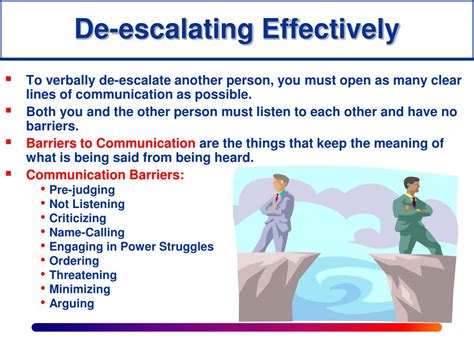Arguments are an inevitable part of any close relationship. While they can be frustrating, the ability to de-escalate conflict is a crucial skill that can prevent minor disagreements from spiraling into major blowouts. Instead of letting emotions take over, a structured approach can help navigate these challenging moments with greater understanding and respect. Here’s a practical 3-step strategy designed to bring calm and clarity back to your relationship arguments.

Step 1: Pause and Regulate Emotions
The first and most critical step in de-escalation is to create a physical and emotional pause. When an argument heats up, our bodies go into ‘fight or flight’ mode, making rational thought difficult. Taking a moment to regulate your own emotions prevents you from reacting impulsively and saying things you might later regret.
- Call a Timeout: If you feel overwhelmed, state clearly, “I need a moment to calm down so we can talk productively. Let’s revisit this in 20 minutes/an hour.” Ensure you genuinely intend to return to the discussion, or it can feel like abandonment.
- Deep Breathing: Engage in slow, deep breaths. This simple action signals to your nervous system that it’s safe to relax, helping to reduce physical tension and emotional reactivity.
- Physical Space: Move to a different room, step outside briefly, or simply create some distance. A change of scenery can break the emotional intensity and allow both parties to cool off.

Step 2: Active Listening and Validation
Once emotions have settled slightly, the next step is to actively listen to your partner without immediately formulating your rebuttal. The goal here is to understand their perspective and validate their feelings, even if you don’t agree with their interpretation of events.
- Listen to Understand, Not to Respond: Focus entirely on what your partner is saying, both verbally and non-verbally. Try to grasp their underlying needs, fears, or frustrations.
- Reflective Listening: Paraphrase what you hear your partner saying. For example, “So, if I’m understanding correctly, you feel frustrated because I didn’t help with the chores tonight, and that makes you feel unsupported?” This shows you’re listening and gives them a chance to clarify.
- Validate Feelings: Acknowledge their emotions without necessarily agreeing with their facts. “I can see why you would feel frustrated in that situation” or “It makes sense that you’d be upset.” Validation doesn’t mean you’re admitting fault; it means you’re acknowledging their emotional experience.

Step 3: Collaborate on a Solution
With emotions regulated and understanding established, you can now shift your focus to finding a collaborative solution. This step moves beyond blame and toward mutual problem-solving, reinforcing your commitment to the relationship.
- Use “I” Statements: Express your own feelings and needs without placing blame. Instead of “You always make me feel ignored,” try “I feel unheard when I’m trying to explain something, and I’d appreciate it if you could let me finish.”
- Focus on the Problem, Not the Person: Frame the discussion around the issue at hand, rather than attacking your partner’s character. “How can *we* prevent this miscommunication in the future?” is more productive than “You always miscommunicate.”
- Brainstorm Solutions Together: Approach the problem as a team. Suggest ideas, and encourage your partner to do the same. Be open to compromise and finding a middle ground that respects both your needs. The goal is a win-win, not for one person to ‘win’ the argument.

Implementing this 3-step strategy requires practice and patience from both partners. It’s a shift from reactive confrontation to proactive collaboration. By consistently applying these steps—pausing to regulate, actively listening and validating, and then collaborating on solutions—you can transform challenging arguments into opportunities for deeper understanding, stronger connection, and ultimately, a more resilient relationship.





